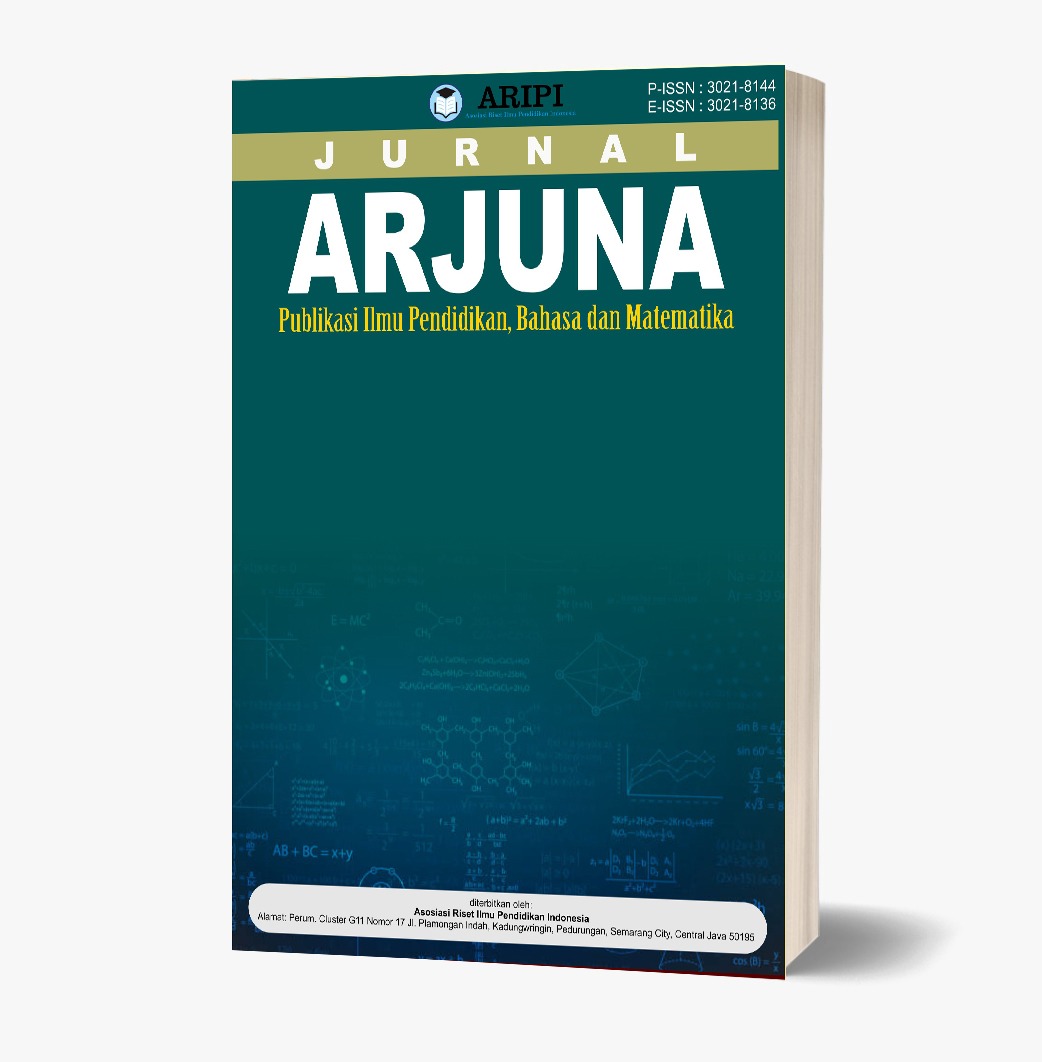Pengembangan Kurikulum dan Perencanaan Pembelajaran Yang Responsif Terhadap Tantangan Pendidikan Abad Ke-21
DOI:
https://doi.org/10.61132/arjuna.v2i1.411Keywords:
Instructional Planning, Curriculum Development, 21st-century Education, Educational Challenges, Responsive StrategiesAbstract
This study focuses on developing responsive curriculum and instructional planning to meet the challenges of 21st-century education. Collaboratively authored by students from the Islamic State University of North Sumatra, the research explores the background, theoretical foundations, and methodologies involved. The research underscores the need for adaptive strategies in curriculum development and learning planning. Utilizing a concise literature review, the authors identify gaps and emphasize the research's novelty. The methodology outlines the study design, participants, data collection, and analysis, including instrument validation. Findings and discussions provide a comprehensive analysis, integrating visuals for clarity. Implications, both theoretical and practical, offer valuable insights. The conclusion succinctly summarizes the findings and provides recommendations, contributing significantly to discussions on responsive education.
Downloads
References
Depdiknas. (2008). Kurikulum Tingkat Satuan Pendidikan (KTSP). Jakarta: Departemen Pendidikan Nasional.
Marzano, R. J., & Kendall, J. S. (2007). The New Taxonomy of Educational Objectives. Thousand Oaks, CA: Corwin Press.
Fullan, M., & Langworthy, M. (2014). A Rich Seam: How New Pedagogies Find Deep Learning. London: Pearson.
Darling-Hammond, L., Flook, L., Cook-Harvey, C., Barron, B., & Osher, D. (2020). Implications for Educational Practice of the Science of Learning and Development. Applied Developmental Science, 24(2), 97–140.
P21. (2007). Framework for 21st Century Learning. Partnership for 21st Century Learning. Retrieved from https://www.p21.org/
Anderson, L. W., & Krathwohl, D. R. (Eds.). (2001). A Taxonomy for Learning, Teaching, and Assessing: A Revision of Bloom's Taxonomy of Educational Objectives. New York: Longman.
UNESCO. (2015). Education for Sustainable Development Goals: Learning Objectives. Paris: United Nations Educational, Scientific and Cultural Organization.
Zhao, Y. (2012). World Class Learners: Educating Creative and Entrepreneurial Students. Thousand Oaks, CA: Corwin Press.
Perkins, D. N. (2009). Making Learning Whole: How Seven Principles of Teaching Can Transform Education. San Francisco, CA: Jossey-Bass.
Hattie, J. (2012). Visible Learning for Teachers: Maximizing Impact on Learning. New York: Routledge.
Downloads
Published
How to Cite
Issue
Section
License
Copyright (c) 2023 Jurnal Arjuna : Publikasi Ilmu Pendidikan, Bahasa dan Matematika

This work is licensed under a Creative Commons Attribution-ShareAlike 4.0 International License.






